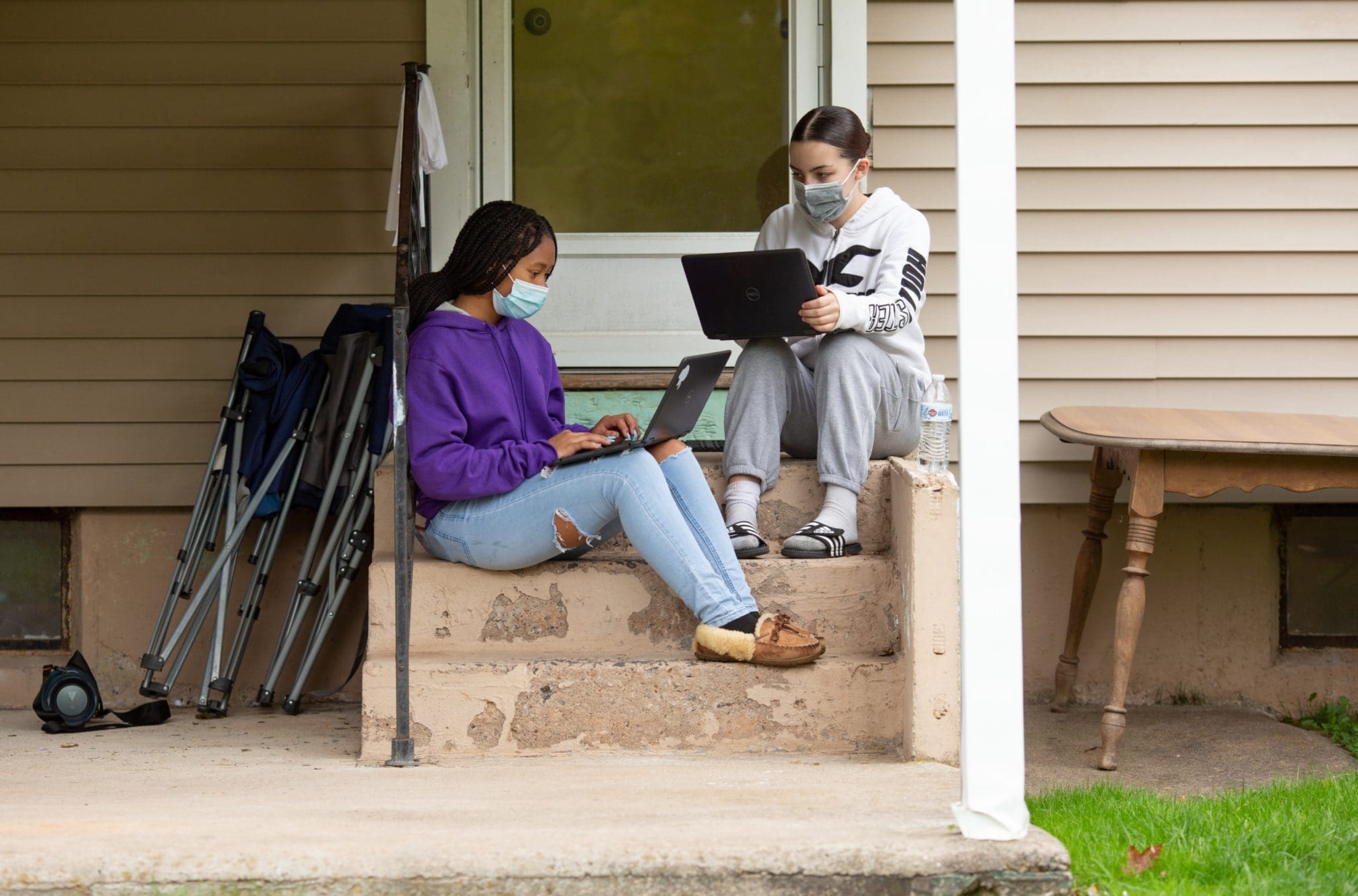Data is a powerful tool for shedding light on inequities and informing responses. The COVID-19 pandemic has had a devastating and uneven impact on student learning, exacerbating existing equity gaps and standing up new barriers to success. Leaders must continue to take every opportunity to gather information on these challenges in order to see where additional help is needed and ensure all students’ needs are being met.
In August, the Department of Education Office for Civil Rights (OCR) informed superintendents that the Civil Rights Data Collection (CRDC)—a survey administered to all school districts that covers a range of indicators related to access and barriers to educational opportunities—will take place for a second consecutive year in 2021–22.
The CRDC typically occurs every other year; this announcement marks the first time the survey will take place two years in a row. The 2019–20 administration was delayed until this past school year due to COVID-19 school closures. So, school districts will now have to collect and report data on key civil rights indicators—including enrollment, participation in college readiness coursework, staffing, and disciplinary incidents—for a second year running.
Data from the CRDC serves a range of purposes:
- Policymakers and education leaders use CRDC data to measure progress towards equity goals and enforce civil rights protections.
- States and districts are required to publish CRDC data on annual report cards, making it an essential part of how education leaders communicate with the public and demonstrate their commitment to transparency.
The reason for this decision to collect CRDC data for 2021–2022 is two-fold. Administering the CRDC in 2021–22 will return the survey to its regular two-year cycle. And having data for this year will provide further insights into how the pandemic affected student opportunities and equity. In her letter to superintendents, Acting Assistant Secretary for Civil Rights Suzanne Goldberg explains:
“The significant changes in our educational landscape, along with the substantially increased resources available to schools to meet the needs of your students, educators, and staff, make this year’s data collection all the more important.”
It’s been a year and a half since school closures rocked the educational landscape, and leaders are just beginning to understand the impact on student progress and access to opportunities. Available test data shows declines in student learning across the board, with the heaviest losses among Black and Latinx students, and students from economically-disadvantaged families. Yet some experts have warned that the true extent of unfinished learning may be even greater, citing low test participation among the hardest hit student groups. Many districts are still scrambling to track down “missing students” following precipitous drops in enrollment. And parents and educators alike remain concerned about students’ mental health in the wake of so much loss, stress, and uncertainty.
Having CRDC data from both last year and this upcoming year will provide answers to questions like:
- How did enrollment patterns change across 2020–21 and 2021–22?
- Did students participate in advanced coursework at the same rate as they did pre-pandemic?
- Did any schools start providing students with Wi-Fi enabled devices after the 2020–21 school year?
- How did changes to school operations impact the frequency of violence, harassment, or bullying?
- Which districts were must successful at retaining staff during 2020–21 and 2021–22?
Although districts are the ones required to participate in the CRDC, leaders at every level have a role to play in ensuring the quality and completeness of the data that districts collect and submit. OCR officials have already provided updated guidance to help districts account for factors like remote or hybrid learning environments in their data collections, and will make additional changes to streamline data submission. States can support districts by hosting information sessions, providing resources such as crosswalks between state agency data collection and CRDC items, or taking on some reporting requirements themselves. Additionally, state leaders can step up to ensure people always have access to timely civil rights data by collecting and publishing key indicators in CRDC off years.
Policymakers and education leaders need this type of information to identify where resources are most needed and make informed decisions to help all students get back on track for success. Parents and community members need answers to their questions—and having public civil rights data for this year will help empower them to advocate for all students’ needs. By collecting and sharing data on how schools are meeting all of their students’ needs, leaders lay the groundwork for a more equitable and effective educational system.


